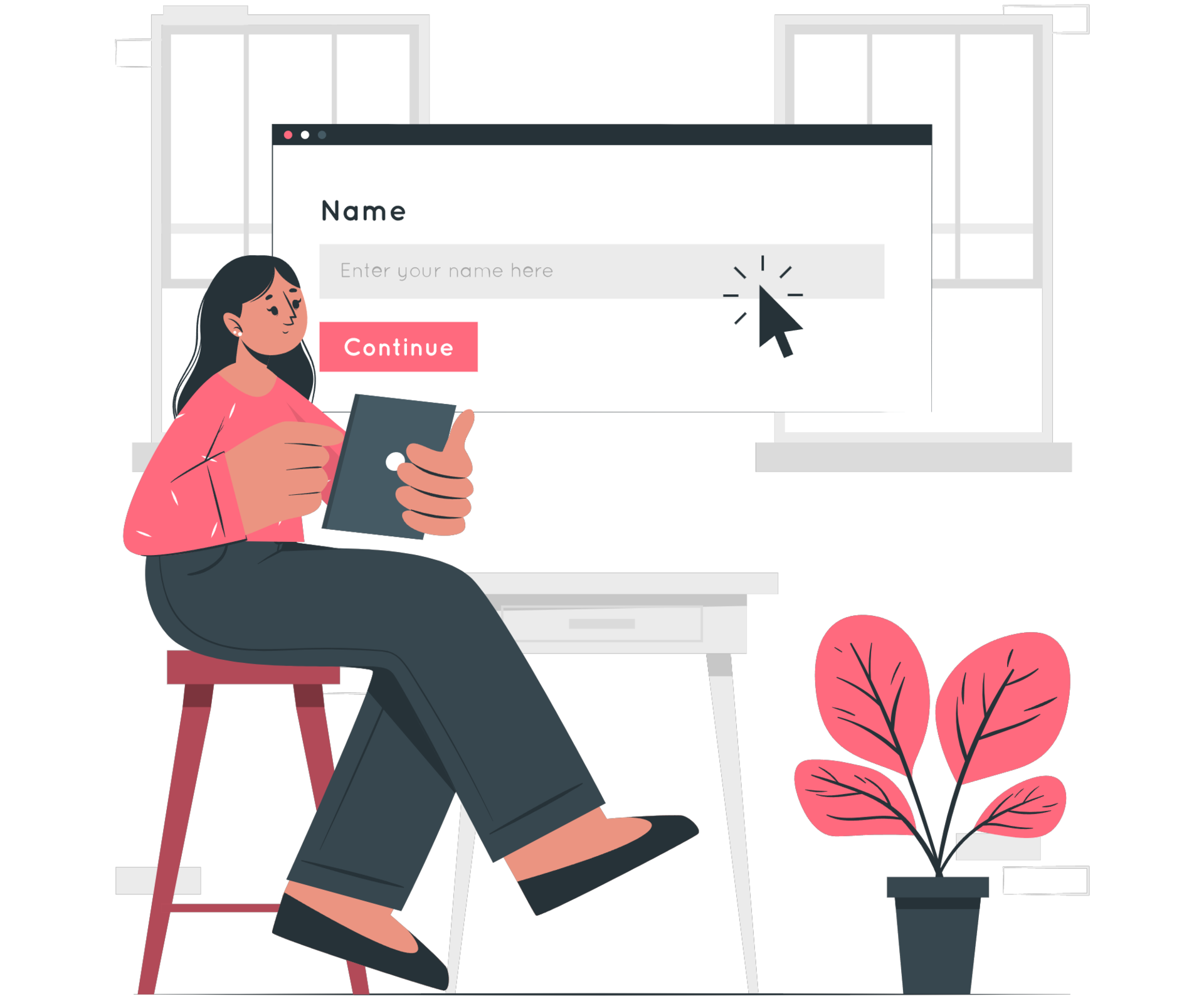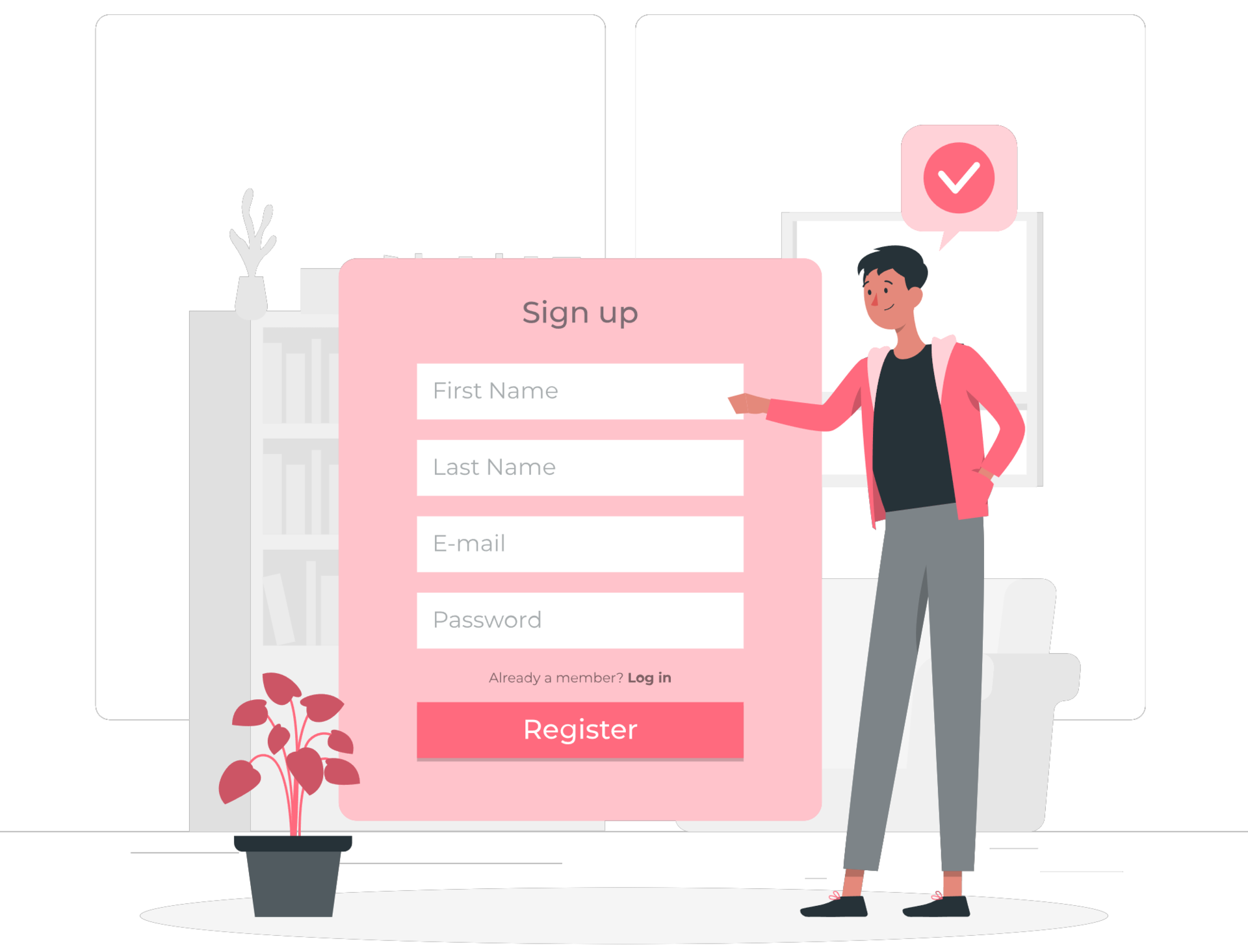You walk into a store, greeted by a friendly and knowledgeable salesperson who guides you effortlessly through your shopping journey. You leave feeling satisfied, valued, and excited to return. That is the power of effective customer success strategies.
In today’s competitive business landscape, success isn’t just about acquiring customers; it’s about nurturing and retaining them for the long haul.
A satisfied and loyal customer base drives revenue and is a powerful advocate for your brand. To achieve this, organizations must adopt effective customer success strategies that go beyond mere satisfaction.
In this blog post, we will explore ten game-changing strategies that have proven to be successful in delighting customers and building long-term relationships. In a world where customers have abundant choices, these strategies create a competitive advantage.
But first, let’s understand what customer success strategy actually is.
What is a Customer Success Strategy?
A customer success strategy is a plan that businesses use to ensure their customers are happy and successful with their products or services. The goal is to build long-term relationships and loyalty by going above and beyond just making a sale.
Instead of just selling you something and disappearing, businesses with a customer success strategy are there with you every step of the way. They take the time to understand your unique needs and provide the support, guidance, and resources to help you succeed.
Whether it’s helping you get started, checking in regularly to see how things are going, or offering ongoing training and troubleshooting, the focus is on your success. Continuous support is also provided to address any issues or provide assistance whenever needed.
By implementing a customer success strategy, businesses can enhance customer satisfaction, drive customer retention, and ultimately achieve long-term growth and success.
10 Tried and Tested Customer Success Strategies That Work!
Customer success is a pivotal aspect of any business’s growth and sustainability. In today’s competitive landscape, where customers have numerous options at their fingertips, it is imperative to implement effective strategies.
Here are ten customer success strategies that have proven to be effective in driving customer satisfaction, retention, and loyalty. By implementing these strategies, businesses can enhance their customer relationships and achieve long-term success.
1. Data-Driven Customer Decisions
By leveraging data, companies gain valuable insights into their customers’ behaviors, preferences, and needs. This knowledge allows businesses to personalize their offerings, provide targeted solutions, and enhance the overall customer experience.
Additionally, data-driven decision-making enables companies to anticipate and proactively address customer issues, reducing churn rates and fostering long-term loyalty.
The key lies in utilizing advanced analytics and machine learning algorithms to mine customer data. From social media interactions and website visits to purchase history and customer feedback, every touchpoint provides valuable insights. By leveraging predictive analytics, companies can identify potential churners and take proactive measures to retain them.
Embracing a data-driven approach empowers companies to make better-informed decisions and ensures that customer success becomes a core part of their organizational culture. It enables businesses to adapt and improve continuously, keeping pace with changing customer expectations.
2. Customer Feedback
 Customer feedback acts as a compass, guiding companies to greater heights. It helps identify pain points, uncover hidden opportunities, and continuously enhance products and services. By actively seeking and listening to customer feedback, businesses gain a competitive edge by delivering what customers truly desire.
Customer feedback acts as a compass, guiding companies to greater heights. It helps identify pain points, uncover hidden opportunities, and continuously enhance products and services. By actively seeking and listening to customer feedback, businesses gain a competitive edge by delivering what customers truly desire.
To effectively harness customer feedback, companies must establish various channels for customers to express their thoughts. Whether through surveys, social media, or interactive forums, encouraging customers to freely share their experiences and suggestions is crucial.
Systematic analysis of customer feedback is essential. Investing in advanced analytics tools helps extract meaningful patterns and insights from vast data. Identifying common themes and trends allows businesses to prioritize actions and make data-driven decisions.
Acknowledging and appreciating customer feedback promptly is vital. Responding promptly demonstrates that their opinions are valued, and concerns will be addressed. Meaningful conversations can be initiated, fostering stronger connections with customers.
Customer feedback should be used as a catalyst for continuous improvement. By acting upon the feedback received, businesses refine their offerings, enhance customer experiences, and demonstrate commitment to delivering value. This iterative process creates a virtuous cycle where customers feel heard, increasing satisfaction and loyalty.
3. Brand Awareness
Brand awareness is all about ensuring that your target audience knows who you are, what you offer, and why you’re amazing.
But how do you achieve brand awareness?
Well, it’s all about being visible and memorable. You want your brand to be a catchy tune that people can’t get out of their heads.
Start by crafting a strong brand identity and story that resonates with your audience. Then, spread the word far and wide through various channels like social media, advertising, content marketing, and public relations. Be where your target audience hangs out, and make a splash with captivating visuals, clever messaging, and engaging content.
Remember, it’s not just about being seen; it’s about leaving a lasting impression. Create remarkable customer experiences, deliver exceptional service, and encourage them to share their love for your brand. Word-of-mouth is a powerful amplifier of brand awareness.
Let your brand shine, making everyone say, “Wow, I’ve got to check them out!”
4. Customer Acquisition
Customer success strategies encompass various aspects, and one crucial pillar is customer acquisition. It refers to businesses’ processes and strategies to attract and gain new customers for their products or services.
First, you must identify your target audience, those brave souls who will most likely benefit from your product or service. Once you’ve found them, it’s time to show off your unique selling points and convince them that your offering is the missing piece in their lives.
You showcase the value and benefits of your product or service, vividly showing how it can transform their lives for the better.
But it doesn’t stop there! You have to make it easy for them to take the leap and become your customers. From irresistible offers to seamless onboarding experiences, you’re there to guide them through the process and make it as smooth as possible.
And remember, the adventure doesn’t end once they become customers. Your customer success strategy continues to nurture and support them, ensuring they have a remarkable experience that keeps them returning for more.
Read More: 9 Customer Acquisition Strategies Your Boss Wishes You Knew!
5. Customer Onboarding
 Customer onboarding refers to the process of guiding and assisting customers as they begin their journey with a product or service. It involves introducing customers to the key features and functionalities, helping them get set up, and ensuring they have a smooth and positive experience from the start.
Customer onboarding refers to the process of guiding and assisting customers as they begin their journey with a product or service. It involves introducing customers to the key features and functionalities, helping them get set up, and ensuring they have a smooth and positive experience from the start.
You can expect personalized guidance, tutorials, and hands-on support during onboarding. It’s like having a knowledgeable friend by your side, showing you the ropes and helping you navigate any challenges along the way. They’ll take the time to understand your needs, answer your questions, and ensure you feel confident using the product.
Think of customer onboarding as a foundation for your success. By providing a seamless and informative onboarding experience, businesses set the stage for a long-lasting customer relationship.
Feeling supported and empowered makes you more likely to stick around and achieve your desired outcomes.
6. Product Usage Tracking
Product usage tracking is a customer success strategy that involves keeping a close eye on how customers interact with your product or service. By implementing product usage tracking, you gain insights into which features customers love, which ones they’re not using, and where they may encounter roadblocks.
These insights allow you to personalize your interactions, proactively reach out to customers who may be stuck, and offer targeted support. With product usage tracking, you can identify trends, spot patterns, and make data-driven decisions to optimize your product and enhance the customer journey.
So, if you want to level up your customer success strategy, don’t forget to incorporate product usage tracking. It’s an easy way to delight customers, improve retention rates, and ultimately achieve superhero status in the world of customer success.
7. Customer Support
 Customer Support is a crucial aspect of customer success strategies. It’s all about providing top-notch assistance and making sure you feel supported every step of the way.
Customer Support is a crucial aspect of customer success strategies. It’s all about providing top-notch assistance and making sure you feel supported every step of the way.
When you encounter a problem or need guidance, customer support is there to lend a helping hand. Whether through live chat, phone calls, or email, they’re the friendly faces on the other end, ready to listen and provide expert advice.
But customer support isn’t just about solving problems; it’s about doing it with a smile. They genuinely care about your experience and want to turn a frustrating situation into a delightful one. They go above and beyond to ensure you’re satisfied, even if it means going the extra mile or staying on the line with you until everything is resolved.
Moreover, customer support teams often act as a bridge between you and the rest of the company. They gather your feedback, relay it to the relevant departments, and advocate for improvements that enhance your overall experience. They’re like your voice within the organization, ensuring your needs and concerns are heard.
So, when it comes to customer success strategies, never underestimate the power of excellent customer support.
Read More: Customer Success vs Customer Support: The Differences & Similarities!
8. Build Trust
Trust forms the foundation of any successful partnership, and when it comes to your customers, it’s no different.
To build trust, you need to deliver on your promises consistently. Make sure you follow through and exceed their expectations. When customers see that you’re reliable and dependable, it builds confidence in your brand.
Effective communication is another key element. Be transparent and honest with your customers. If there are any issues or delays, inform them promptly and provide regular updates. Clear and open lines of communication foster trust and demonstrate your commitment to their success.
Seeking and incorporating customer feedback is also essential. Ask for their opinions and listen to their suggestions. Show them that their input matters and that you value their perspective. You demonstrate your commitment to continuous improvement and customer satisfaction by acting on their feedback.
Lastly, be authentic and human in your interactions. Let your personality shine through. Customers appreciate dealing with real people rather than faceless entities. Show them that you genuinely care about their success and well-being.
When you build trust with your customers, you pave the way for a strong, long-term relationship that benefits both parties.
9. Follow-Ups
Follow-ups are essential for customer success in today’s business world. They demonstrate commitment, provide growth opportunities, and foster long-term relationships. Here are nine strategies to master follow-ups.
Prompt Thank Yous: Send personalized notes to show appreciation and set a positive tone.
Post-Purchase Surveys: Gain insights and improve products or services based on customer feedback.
Proactive Support: Take the initiative to offer assistance and address potential issues.
Product Updates: Keep customers informed about enhancements and benefits.
Educational Content: Share resources to help customers maximize value.
Exclusive Offers: Provide discounts or promotions to strengthen loyalty.
Check-In Calls: Assess satisfaction, address concerns, and build relationships.
Celebrate Milestones: Recognize customer achievements and reinforce success.
Relationship Building: Attend events, host gatherings, and connect on social media to foster loyalty.
With these strategies, you can nurture relationships, drive satisfaction, and achieve lasting success in customer-centric business environments.
10. Customer Loyalty
Customer loyalty goes beyond mere satisfaction; it signifies a customer’s unwavering commitment to your brand. These loyal customers become your advocates, eager to share their positive experiences with others. They are primed for providing reviews, testimonials, and referrals, becoming a powerful asset for your business. Capitalizing on their loyalty is a smart customer success strategy.
To leverage this potential, it’s important to establish the right timing and criteria for reaching out to loyal customers. Engage with your sales, marketing, and customer service teams to develop a consensus on when and how to approach them. By defining specific metrics and timelines, you can ensure a systematic and effective approach.
Consider creating personalized email templates for different types of brand evangelism activities. This streamlines the request process and adds a touch of personalization. Tailoring your approach demonstrates that you value their loyalty and appreciate their efforts to promote your brand.
Remember, it’s about winning customers and nurturing relationships that inspire loyalty and long-term success.
In conclusion, customer success is about more than just satisfying customers; it’s about nurturing relationships, delivering value, and driving long-term success. By building strong customer relationships, businesses can drive customer success and foster advocacy and referrals, ultimately fueling their own growth.
Wrapping Up
In a world where customer expectations constantly evolve, investing in effective customer success strategies is vital. By doing so, organizations can not only retain their existing customer base but also attract new customers and position themselves as leaders in their industry.
Implementing these ten effective customer success strategies can be a game-changer for businesses seeking to thrive in a competitive landscape. These strategies foster a customer-centric culture within an organization, emphasizing the importance of understanding and meeting customer needs.
So, embrace these strategies, unlock the full potential of your customer success initiatives, and watch your business thrive!
Further Reads:
How To Build a Customer Success Team?
Unlocking the Power of Customer Success(CS): A Complete Guide!
21 Rock-Solid Ways to Improve Customer Focus in Your Business!
Customer Success Vs Sales: The Key Differences & Similarities!

